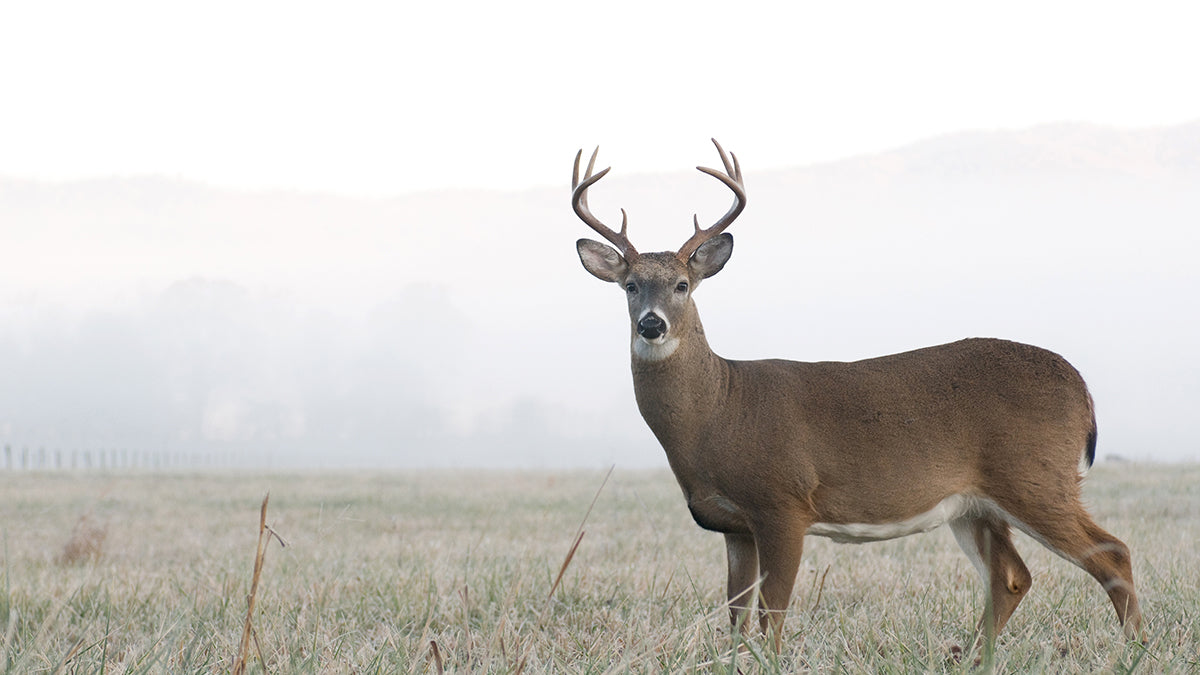In the frigid winter of 2007, Eric LeMarque, an experienced hiker, found himself in a life-threatening predicament in the Sierra Nevada mountains. Lost and alone with temperatures plummeting, Eric's situation was dire. But it was his keen observation of the natural world around him that became his lifeline.
Navigating through the treacherous terrain, Eric paid close attention to nearby wildlife. He recalled in his harrowing account, "The birds stopped singing; it was my first sign of danger." This cue alerted him to the presence of predators and guided him to safer paths. He observed the behavior of other animals, which led him to water sources crucial to his survival.
Eric's ability to interpret these silent messages from nature was a skill honed over years, but never so useful as during those eight desperate days. "Nature speaks to us in many ways," Eric later reflected in his book Crystal Clear, "it was the whispers of the forest that kept me alive."

Eric's remarkable survival story is a testament to the importance of watching wildlife in emergency situations. Let's discover how recognizing and interpreting these natural signals can save you in the wild.
Birds: Masters of Aerial Alerts
Alarm Calls by Robins and Jays – These birds emit high-pitched, rapid calls when predators are near. Look for them perched on high vantage points, calling out in agitation with their heads moving rapidly as they track the threat.
Flocking Behavior – Solitary birds like falcons and eagles suddenly joining flocks can indicate a nearby predator. Notice if these birds are flying in an erratic, non-linear pattern. This is a sign that they are trying to evade or mob a predator.
Feeding Interruptions – Birds like sparrows and finches suddenly flying away from feeders en masse often indicate an approaching human or larger animal. Note the direction of their sudden flight, as it typically points toward the perceived threat.
RELATED READ: 5 Things You Must Know to Slingshot Hunt

Mammals: The Ground's Storytellers
Deer Alerts – Deer will raise their tail as a visual alarm when they sense danger, warning others to be alert. They often accompany this with a loud snort or stomp, directing attention toward the potential threat.
Rodent Activity – Increased underground activity by rodents, such as more visible dirt displacement and new burrow openings, can be a precursor to earthquakes or heavy rainfall.
Unusual Bear Behavior – Bears altering their foraging patterns, such as moving into new areas or becoming more aggressive around food sources, can indicate scarcity of food or environmental stressors. Take a look at this guide for more bear behavior changes to watch for.
Insects: The Tiny Informants
Bee and Wasp Agitation – These insects may buzz more loudly and swarm more aggressively if they sense chemical changes in the air, a common precursor to storms. Watch for bees returning rapidly to the hive, a sign of approaching bad weather.
Ant Behavior Before Rain – Ants moving in a more frantic and speedy manner, often carrying eggs, is a sign of impending rain. Look for them building their mounds with steeper sides and taller peaks, a defense against flooding.
Cricket Chirping Patterns – Crickets chirp more frequently in warmer temperatures and less often in cooler conditions. Count the number of chirps in 15 seconds, then add 37 to estimate the current temperature in Fahrenheit. Cool, huh
RELATED READ: Top 5 Insects That You Can Eat in the Wild
Reptiles: Cold-Blooded Clues
Increased Snake Sightings – Snakes coming out of their usual hiding places and basking in the sun more than usual can indicate a stretch of warm weather ahead. But be cautious of snakes in unusual places, like open trails or clearings.
Lizard Life – Lizards, especially those that bask like skinks, suddenly vanishing from their usual spots could indicate an impending cold snap or heavy rainfall.
Turtle Swimming Patterns – Changes in turtle behavior, such as more frequent surfacing or erratic swimming, can be an early indicator of water contamination or significant shifts in water temperature.
These detailed observations provide a deeper understanding of wildlife behavior, which is important information for preppers and survivalists in the wild. By closely monitoring these signs and interpreting them accurately, you can gain a significant advantage in predicting and adapting to environmental changes.

Integrating Technology with Natural Observation
In the realm of preparedness and survival, the fusion of age-old observational skills with modern technology offers an edge in understanding and anticipating environmental cues.
HARNESSING WILDLIFE TRACKING APPS
Species Identification and Behavior Tracking – Apps like iNaturalist or MyNature: Animal Tracks not only assist in identifying species, but also provide insights into their typical behaviors and habitats to enrich your understanding of the natural world.
Real-Time Alerts and Information – Some apps offer real-time information on wildlife activity and even alert you to nearby sightings, which can be critical to situational awareness in both wilderness and urban settings.
UTILIZING FIELD CAMERAS AND BINOCULARS
Extended Observation Range – Field cameras, especially ones with motion sensors, allow for the monitoring of wildlife patterns without human presence. This provides a more authentic picture of animal behaviors.
Enhanced Detail with Binoculars – High-quality binoculars can reveal subtle behaviors or signs in animals that might be missed by the naked eye, which is fundamental to interpreting warning signs from a safe distance.

Developing Your Observational Skills
The journey to becoming adept at reading nature’s cues is both rewarding and essential for the skilled prepper.
EMBRACING REGULAR PRACTICE
Diverse Environmental Exposure – Regularly spend time in varied environments such as forests, mountains, deserts, and even urban areas. Each setting offers unique wildlife behaviors to observe and understand.
Mindful Observation – Make a habit of quietly observing your surroundings, noting changes in animal behavior, sounds, and movement. This mindfulness will heighten your sensitivity to subtle changes in the environment.
ENGAGING WITH LOCAL WILDLIFE GROUPS
Learning from Enthusiasts and Experts – Joining local wildlife or nature groups can provide valuable learning opportunities. These groups often have experts or enthusiasts who can share insights into local wildlife behaviors and survival tips.
Participating in Nature Walks and Workshops – Many groups organize nature walks, workshops, or discussions that can be invaluable for honing observational skills. These activities offer hands-on experience and knowledge-sharing in a supportive community setting.
By tuning in to the subtle signals of birds, mammals, insects, and reptiles, both preppers and survivalists can gain essential knowledge about their environment. In the end, understanding nature's language is a must-have tool in the prepper's toolkit, providing guidance and warnings in the most critical moments.


0 comments